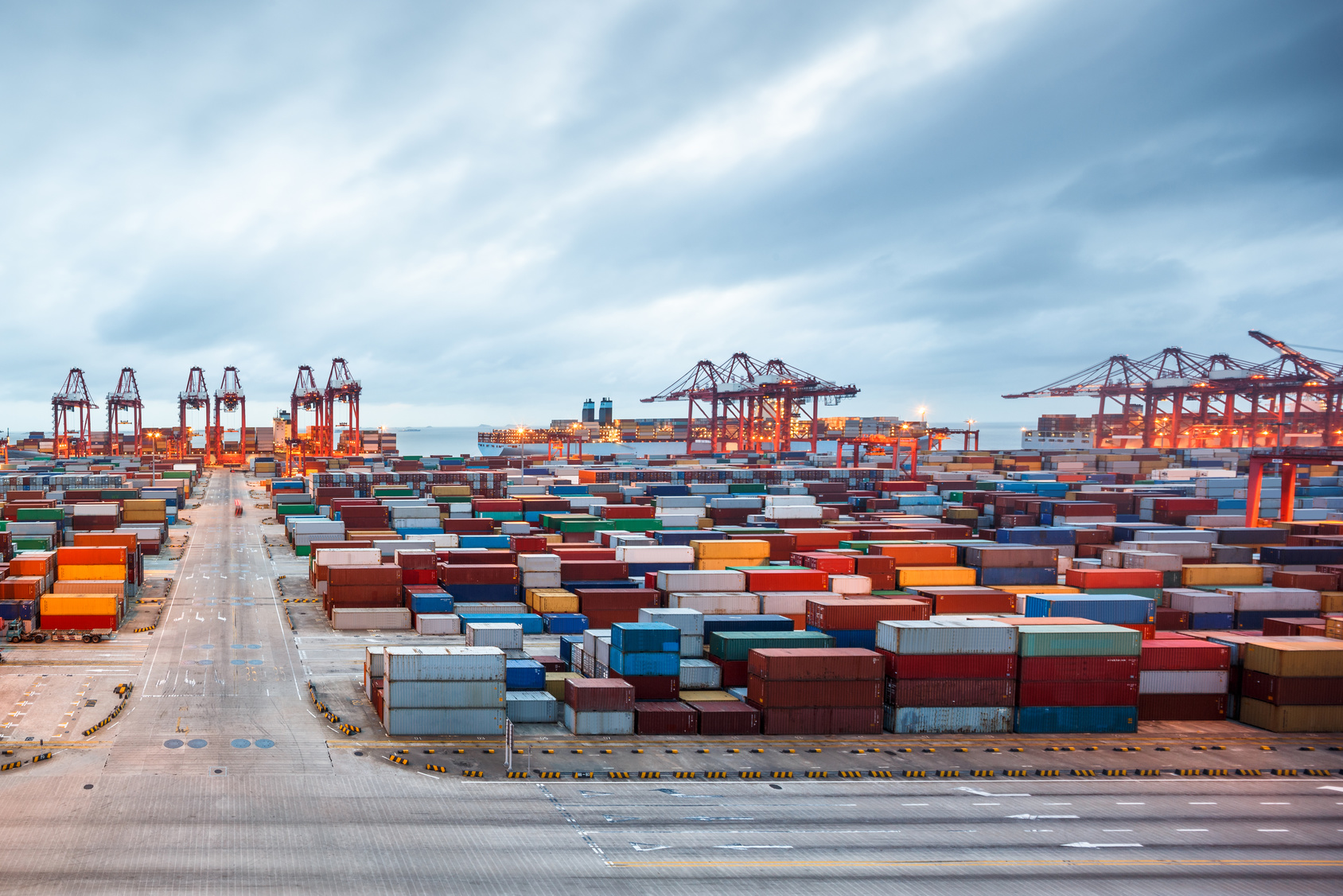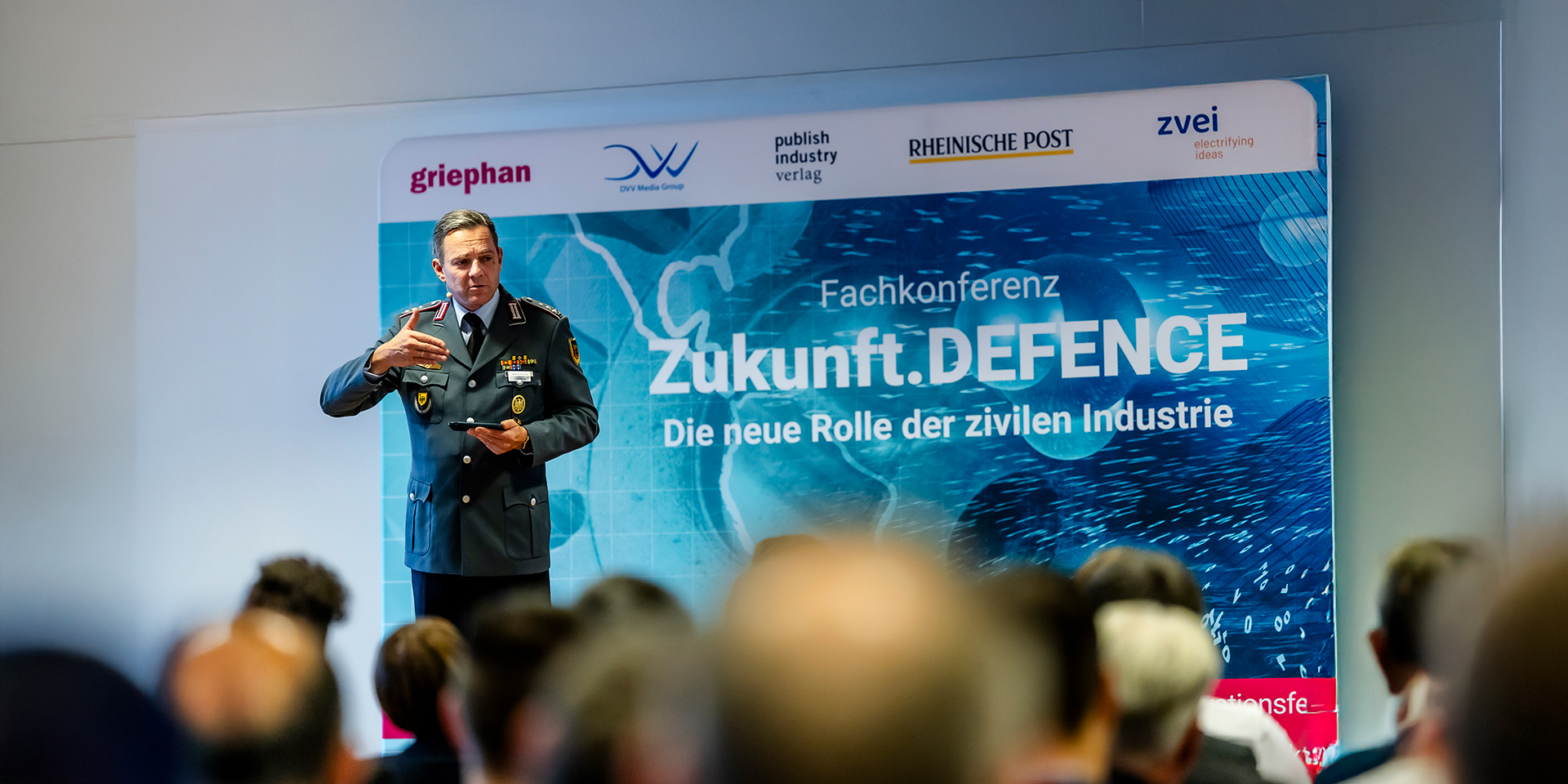Combined transport: What else is possible by rail?
Interest in combined transport is growing and growing. Industry and politics see the combination of rail and road as a great opportunity to transport goods in a much more environmentally friendly way. The aim is to massively reduce emissions and still meet the growing demand for transport – golden times for combined transport. Actually.
But the rail/road combination does not deliver. Although expanded with billions in subsidies, the terminal network appears to be too weakly designed at crucial points. Long waiting times, acceptance blocks, high stabling costs – the bottlenecks when switching between road and rail are becoming increasingly apparent.
However, the infrastructure of the facilities is also not optimally used because far too many trains miss their handling slot by a long way. The most important reason: numerous construction sites make the timetables a waste of time. As a result, on-time performance is delivered that falls far short of market expectations. Locomotives, special wagons, personnel – all resources can not be used efficiently. The combisystem loses capacity as a result. It can no longer accommodate all the shipments that are pushing onto the railways.
So what is to be done? Where can politicians, rail transport companies, network and terminal operators start to improve the situation? What do customers expect – and what are they themselves prepared to do to ensure that their goods reach their destination in a more climate-friendly way? Where are there good approaches, who has best practices?
At the “Combined Transport” conference on November 29, DVZ will bring together renowned experts from railroads and network operators, from politics and freight forwarding, from operators and from the shipping community. The aim is to work with them to find practical ways out of the deadlocked situation and to present a realistic perspective for combined transport.
Click here to REGISTER




